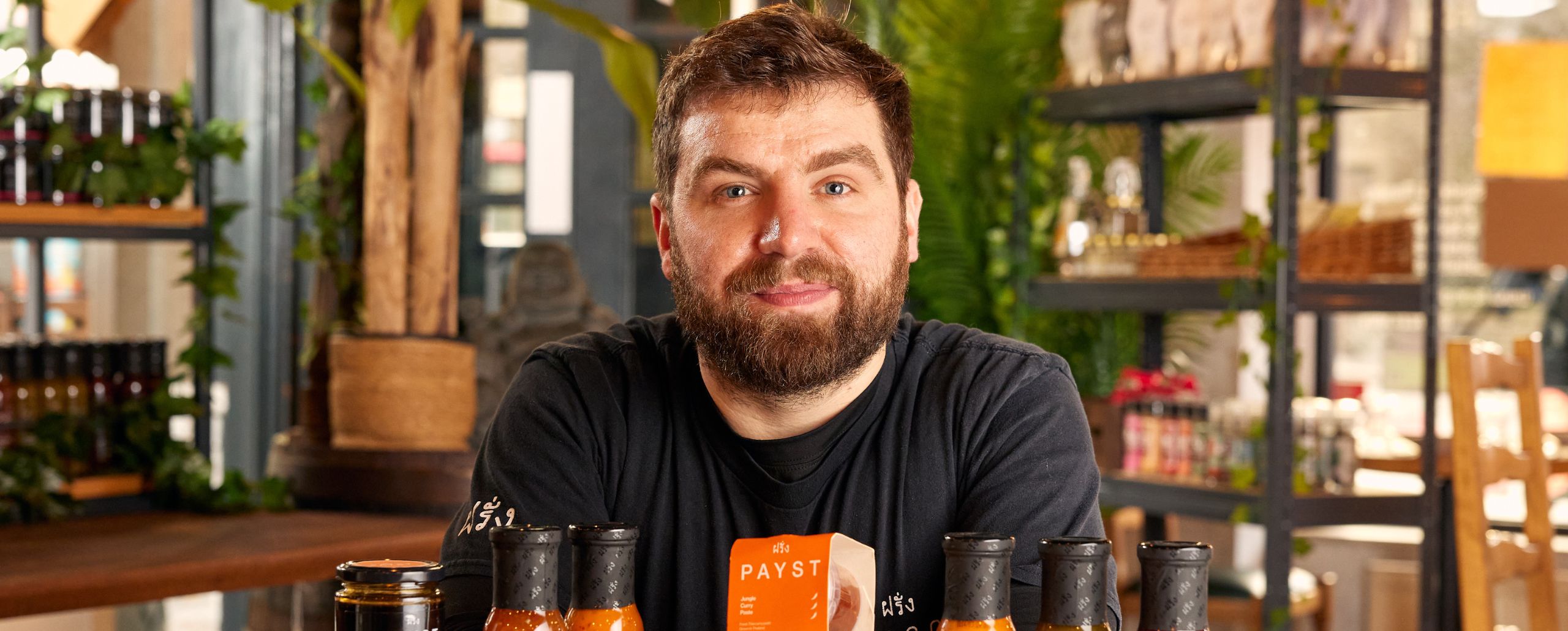Thai chicken satay recipe by Sebby Holmes
Sebby Holmes, the head chef and owner of Farang, London’s most exciting Thai restaurant, reveals how to cook this lip-smacking Asian alternative to roast chicken
Chicken is always a great go-to meat when it comes to preparing a simply and hearty Sunday lunch. If you are looking for something different to spice up your roast, try my Thai twist on roast chicken, marinated in sweet, fragrant satay sauce that is guaranteed to have you going back for a second plate.
Satay is commonly eaten across Asia and traditionally is used to marinate meats or vegetables before skewering and barbecuing over open flames. It takes a little dedication to make the curry paste but, once you have, marinating and roasting the whole chicken is a breeze.
In a rush? You can make a quick-and-easy satay using 200g of my red curry Payst. Swap the shallots, garlic, ginger and dried chilli for the paste in this recipe. Combining the peanuts and coconut to a pre–made red curry, this Thai chicken satay recipe is quick, easy and extremely tasty.

























